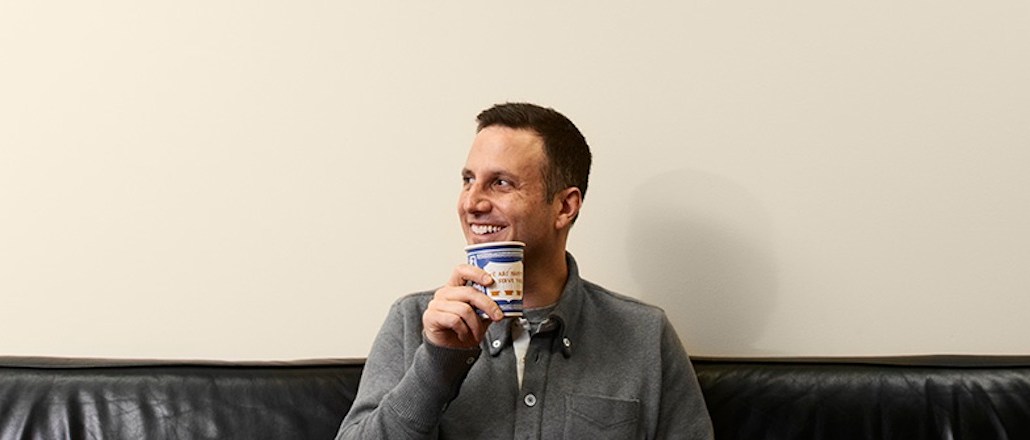‘Perseverance is key to success’: BBH’s John Patroulis on making it in advertising

John Patroulis has worked in advertising for over 18 years, including stints at N.W. Ayer, TBWA\Chiat\Day and T.A.G San Francisco. The 48-year-old has led BBH in a wide variety of work since he started as its chief creative officer in May 2011, and was promoted as the agency’s first-ever creative chairman in 2015. Here, he tells us in his own words how he got into the business and shares some of the biggest lessons he has learned along the way.
I had never really thought about advertising, but I was always interested in writing. After graduating from Ohio State, I spent several years as a bartender, first in Chicago and then in New York, where I was also writing short stories and plays on the side. One night, I was talking to this guy who came in regularly about movies, books and writing. Over the course of our conversation, I told him that I was a writer, and he asked to see some of my work. The guy was Charles Lane, the director of the movie “Sidewalk Story,” and he invited me to be his writing partner.
While I was working on screenplays with Charles, somewhere along the way, someone told me, If you want to make money doing this, you should try advertising. So I took a night class at the School of Visual Arts to learn what advertising was. After that I scraped together and built my own portfolio. That year was definitely a struggle. I was in my late 20s, I didn’t have a lot of money, I didn’t know anyone in the industry, and I was still bartending and writing. But I was OK, because I was running after the things I loved.
When I moved into advertising, I already had my voice, and once I had an idea, I was very comfortable going and executing on it and bringing it to life. It came naturally to me.
One of the most pivotal moments in my career was when Gerry Graf came to Chiat. He is a very passionate guy, and he loves advertising. And that really helped me understand how important it was to really focus on dedicating yourself to something. The biggest thing I learned from Gerry is trusting your gut. It’s important to be smart and strategic, but great creativity often happens when you trust your gut. That’s what creates the most unique voice, the most unique ideas and the most unique expressions. He taught me that the most responsible thing is to be irresponsible — to be responsible with the ideas but irresponsible creatively, because that’s actually what clients need.
Advertising to me is about grounding something in a differentiated idea and making sure it’s very simple, very human and very universal. It is about freely expressing the idea, not explaining the idea, by allowing the story and emotions to carry people toward what the idea is.
The most difficult part of the job is always losing a client. When that happens, it’s not just the client walking out the door. It’s also the hope and optimism you had walking out the door with them. There is also a human cost, and that is always the most painful thing. The single worst part of the industry is the lack of stability, in that it grows and contracts. During my first year at BBH, there were some pretty big client losses, including Google and Sprite, and that was hard to deal with, especially because I hadn’t gotten my footing yet.
Perseverance, or knowing what you want to accomplish and not stopping until you’ve accomplished it, is the key to success. I don’t know anyone in this business that is successful and doesn’t have this quality. The journey to a great idea is never a straight path; there are constant stops and starts and pivots. You have to keep going. You also have to have incredible work ethic. You have to love working with people and love working in teams. You have to be curious, because you’re constantly working on different things and different people. And you have to constantly work at your craft.
More in Marketing

Ahead of Euro 2024 soccer tournament, brands look beyond TV to stretch their budgets
Media experts share which channels marketers are prioritizing at this summer’s Euro 2024 soccer tournament and the Olympic Games.

Google’s third-party cookie saga: theories, hot takes and controversies unveiled
Digiday has gathered up some of the juiciest theories and added a bit of extra context for good measure.

X’s latest brand safety snafu keeps advertisers at bay
For all X has done to try and make advertisers believe it’s a platform that’s safe for brands, advertisers remain unconvinced, and the latest headlines don’t help.





